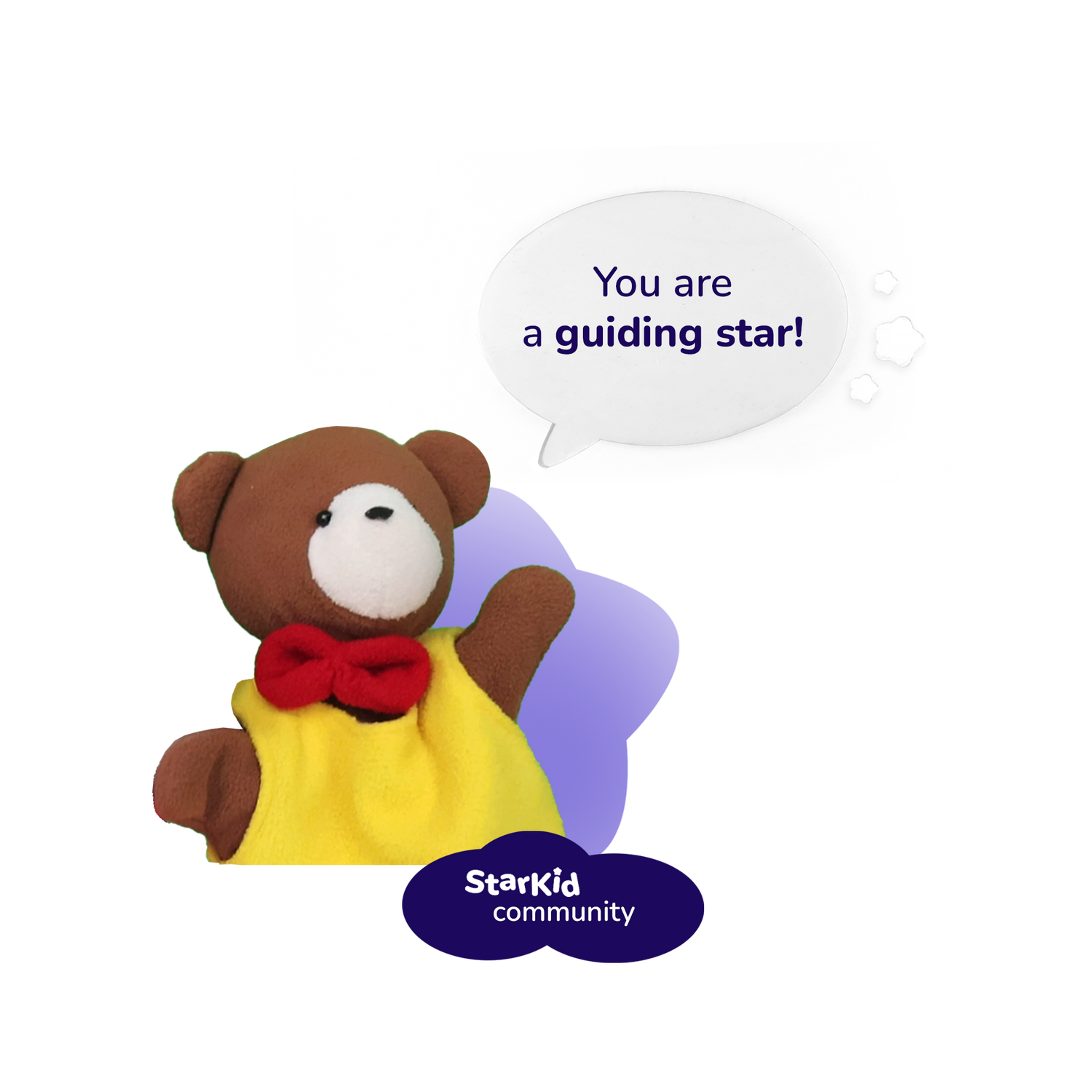Estimated Reading Time: 12–15 minutes
Table of Contents
Introduction
Understanding Neurodiversity
Strategies for Inclusion
-Educate and Raise Awareness
-Create a Structured Environment
-Foster Communication and Social Skills
-Individualize Support
Benefits of Inclusivity
Expert Insight: Dr. Tony Attwood
Mindfulness for Social Connection
Conclusion
References
Understanding and supporting neurodiverse children—those with neurological differences such as autism, ADHD, or dyslexia—can significantly enrich group dynamics and foster inclusivity. With awareness and thoughtful strategies, neurodiverse children can thrive alongside their peers in any group setting, whether in school, extracurricular activities, or social gatherings.
Understanding Neurodiversity
Neurodiversity is a concept that views neurological differences as natural variations of the human brain rather than deficits. This perspective emphasizes the value of diverse ways of thinking and learning, promoting an inclusive environment where every child feels valued and supported.
Recognizing neurodiversity involves understanding that conditions like autism spectrum disorder (ASD), attention-deficit/hyperactivity disorder (ADHD), and dyslexia are part of the natural spectrum of human variation. Embracing this diversity can lead to more effective educational practices and social interactions.
Strategies for Inclusion
1. Educate and Raise Awareness
Educating all children about neurodiversity fosters empathy and understanding. Simple, age-appropriate explanations can help neurotypical children understand their neurodiverse peers better, reducing stigma and promoting acceptance.
Tips:
- Use inclusive language and positive narratives.
- Encourage open discussions about differences and similarities.
- Provide resources and literature on neurodiversity.
Research indicates that when children are educated about neurological differences, they are more likely to develop inclusive attitudes and behaviors .
2. Create a Structured Environment
One of the most powerful ways to support neurodiverse children—especially those with autism, ADHD, or sensory processing differences—is by providing a predictable and structured environment. Structure acts like scaffolding: it supports children while allowing them to explore, learn, and grow at their own pace. For many neurodiverse children, uncertainty can lead to anxiety, dysregulation, or withdrawal. Structure, on the other hand, offers a sense of safety and agency.
A structured environment isn’t about rigidity—it’s about consistency, clarity, and visual reinforcement. When children know what to expect, their energy can be directed toward engagement and learning, rather than managing uncertainty.
Why structure matters:
- Reduces cognitive overload. Many neurodiverse children expend significant energy interpreting their surroundings. A well-organized environment minimizes decision fatigue and frees up cognitive resources for social or academic tasks.
- Supports transitions. Shifting between tasks or activities is a common challenge for children with ADHD or ASD. Predictable routines paired with gentle transition cues help make these moments less overwhelming.
- Provides emotional security. For children who may feel "different" or misunderstood, a consistent environment creates a feeling of belonging and stability.
Tips for Creating Structure:
-Establish clear routines and stick to them. Use visual schedules (e.g., pictures, icons, or color-coded charts) to show the flow of the day. Routines should include not just academic or group tasks, but also mealtimes, breaks, and transitions.
- Use visual supports. Visual timetables, first-then boards, and choice cards can give children a concrete sense of what’s happening now and what comes next. This is particularly helpful for non-verbal children or those with limited receptive language.
- Give advance notice of changes. Unexpected shifts in routine—like a substitute teacher or a canceled activity—can be highly distressing. Use countdowns, visual reminders, or social stories to prepare children ahead of time when change is necessary.
- Create sensory-friendly spaces. Not all structure is about time—physical space matters too. Children with sensory sensitivities often benefit from designated quiet areas, calm corners, or even noise-canceling headphones. These small adaptations provide much-needed autonomy and self-regulation options.
- Be consistent with expectations and language. Use clear and predictable cues when giving instructions. For example, instead of saying, “Let’s clean up soon,” say “In 2 minutes, we will clean up. Then we will sit on the rug.”
Examples of Structured Tools:
- Daily routine chart (e.g., “Morning Circle → Storytime → Snack → Outdoor Play”)
- Visual cue cards (“Sit,” “Wait,” “Ask for help”)
- Classroom job schedules (e.g., who feeds the class pet, who sets up the table)
- Transition timers or countdown songs to ease the move between activities
Research shows that children on the autism spectrum benefit greatly from structured environments because they reduce anxiety and support behavior regulation (Mesibov et al., 2005). Similarly, studies on ADHD suggest that structured settings help improve attention, task completion, and executive functioning (Pfiffner et al., 2013).
In group settings, a structured environment helps not only neurodiverse children, but everyone. Clear routines, visual guidance, and predictable expectations support smoother interactions, better emotional regulation, and increased independence. Neurotypical peers also learn valuable skills in organization, patience, and empathy by participating in structured, inclusive routines.
Structure doesn’t eliminate challenges, but it lowers the barrier for participation, making it possible for every child to show up as their best self—and to be seen and supported while doing so.
3. Foster Communication and Social Skills
Social interactions can be confusing or overwhelming for many neurodiverse children. These challenges often stem from differences in processing verbal and non-verbal communication, difficulties in interpreting social cues, or anxiety around group settings. But with consistent support and engaging, low-pressure opportunities, these children can develop stronger communication and social understanding over time.
Inclusive games and activities that promote communication, teamwork, and emotional sharing help bridge the gap between neurodiverse and neurotypical peers. When designed thoughtfully, these social experiences become more than just play—they become developmental milestones.
Tips:
- Facilitate group activities that require collaboration. Examples include building a Lego structure together, creating a group art mural, or completing a scavenger hunt in pairs. The goal is not only to accomplish a task but also to build trust and cooperation.
- Use role-playing games to practice social scenarios. You can create playful yet realistic situations, such as introducing oneself to a new friend, asking to join a game, or dealing with misunderstandings. Role-playing provides a safe rehearsal space without the emotional stakes of real-life interactions.
- Encourage peer support and buddy systems. Assigning a “classroom buddy” or organizing peer mentoring programs can empower neurotypical students to practice empathy and leadership, while neurodiverse students feel supported and less alone.
For children with autism, structured interventions like Social Stories (Gray, 2010) and video modeling have been proven to enhance social behavior by offering concrete, predictable examples of what to expect in different social contexts. Similarly, for children with ADHD, cognitive-behavioral interventions focusing on self-regulation and impulse control can dramatically improve peer relationships (Antshel & Barkley, 2008).
It’s important to remember that social progress may appear slow or inconsistent—what looks like hesitation could, in fact, be an internal breakthrough. Even partial participation in group activities is a form of social engagement and deserves acknowledgment.
By creating environments that lower social pressure and increase emotional safety, we enable children to try again, learn from each experience, and eventually develop deeper social bonds on their own terms.
4. Individualize Support
Recognize that each neurodiverse child is unique, with different strengths and needs. Tailoring support to individual preferences can make a significant difference.
Tips:
- Work closely with parents and specialists to understand the child’s needs.
- Provide flexible seating or quiet spaces for sensory breaks.
- Use individualized learning plans and goals.
Personalized support strategies can lead to better educational outcomes and increased self-confidence among neurodiverse students .
Benefits of Inclusivity
Creating an inclusive environment benefits all children, not just those who are neurodiverse. It promotes empathy, diversity, and a sense of community, preparing children to thrive in a diverse world.
Key Benefits:
- Enhances social and emotional development.
- Fosters a culture of acceptance and respect.
- Encourages diverse thinking and problem-solving.
Inclusive classrooms have been shown to improve academic and social outcomes for all students.
Expert Insight: Dr. Tony Attwood
Dr. Tony Attwood is a renowned clinical psychologist specializing in autism spectrum disorders. He has authored several books, including "The Complete Guide to Asperger's Syndrome," providing valuable insights into the experiences of neurodiverse individuals.
Dr. Attwood emphasizes the importance of understanding the unique cognitive profiles of neurodiverse children and advocates for supportive educational environments that cater to their specific needs. His work has been instrumental in shaping inclusive practices in schools and communities .
Mindfulness for Social Connection
Mindfulness is a powerful yet often overlooked tool when it comes to helping neurodiverse children build social and emotional connections. Unlike academic skills, emotional regulation and presence in social settings require a calm, focused mind—something many neurodiverse children struggle to access in overstimulating environments.
Mindfulness doesn't have to mean long meditation sessions. It can be woven into daily routines using short, engaging practices tailored to a child’s sensory needs and developmental level.
Why Mindfulness Helps:
- Improves self-regulation. Mindfulness strengthens the brain's prefrontal cortex, which is essential for controlling impulses and emotions—particularly valuable for children with ADHD or sensory integration difficulties (Zylowska et al., 2008).
- Supports theory of mind. By asking reflective questions like “What is this person feeling?” mindfulness can build awareness of others’ perspectives—critical for autistic children who may struggle with empathy cues.
- Reduces social anxiety. When children learn to pause, breathe, and check in with their emotions before entering a group activity, they are less likely to be overwhelmed and more likely to engage.
Simple Mindfulness Activities to Try:
- Five-Finger Breathing: Ask the child to trace each finger on one hand while breathing in and out slowly. This tactile and visual approach helps maintain focus while calming the nervous system.
- Emotion Weather Report: Let the child describe their emotions using weather metaphors—“cloudy,” “sunny,” or “stormy.” This builds emotional vocabulary and fosters conversation.
- Sound Safari: Sit quietly and count the different sounds you hear for one minute. This activity boosts attention and can be grounding in noisy environments.
Mindfulness at School: Teachers and group leaders can start meetings or lessons with a brief breathing exercise or gratitude circle. These small rituals, when done consistently, create a culture of awareness and emotional safety.
🌟 Want more support for your child’s emotional growth?
Listen to our mindfulness episodes for kids — specially created to help StarKids feel safe, centered, and connected. 🌟
A 2013 randomized controlled trial showed that mindfulness-based therapy significantly improved emotional regulation, attention, and self-awareness in adults with autism spectrum disorder (Spek et al., 2013). While more studies are emerging for children, preliminary findings are promising, showing increased emotional resilience and decreased aggression.
In group settings, mindfulness not only helps neurodiverse children cope—it also encourages them to pause, observe, and engage meaningfully with others. When practiced collectively, mindfulness becomes a bridge for everyone in the group to connect from a place of calm presence and mutual respect.
Conclusion
Supporting neurodiverse children in group settings requires awareness, understanding, and thoughtful strategies. By fostering an inclusive environment, we not only help neurodiverse children thrive but also enrich the experiences of all children, building a more compassionate and diverse future.
References
Child Mind Institute. (n.d.). How Schools Can Support Neurodiverse Students. Retrieved from https://childmind.org/article/how-schools-can-support-neurodiverse-students/
Edutopia. (n.d.). 6 Strategies to Help Neurodiverse Students Fully Engage in Class. Retrieved from https://www.edutopia.org/article/6-strategies-help-neurodiverse-students-fully-engage-class/
Heart-Mind Online. (n.d.). 15 Neurodiversity-Inclusive SEL Strategies. Retrieved from https://heartmindonline.org/resources/15-neurodiversity-inclusive-sel-strategies-0
HEALIS Autism Centre. (2022). Benefits of An Inclusive Classroom for Both Neurotypical Children and Children with Special Needs. Retrieved from https://www.healisautism.com/post/benefits-inclusive-classroom-neurotypical-children-special-needs
Wikipedia. (n.d.). Tony Attwood. Retrieved from https://en.wikipedia.org/wiki/Tony_AttwoodChild Mind Institute+1Child Mind Institute+1Edutopia+1Edutopia+1Heart-Mind OnlineHealis Autism Centre


